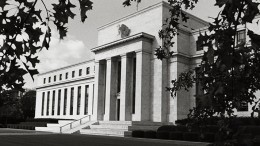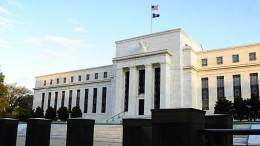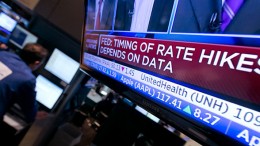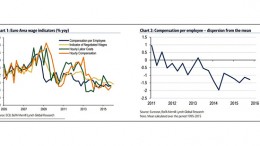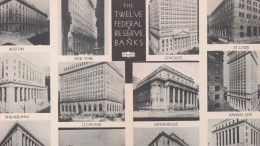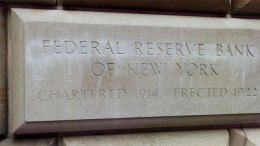Brexit-Like Political Shocks Are Mere Noise, Central Banks Are The Only Real Shockers
James Alexander via Historinhas | Brexit is an irrelevance. So say US equities. In fact, if US equities say anything, they seem to think Brexit is a good thing if it means the Fed holds off from rate rises for longer. Bring it on!

